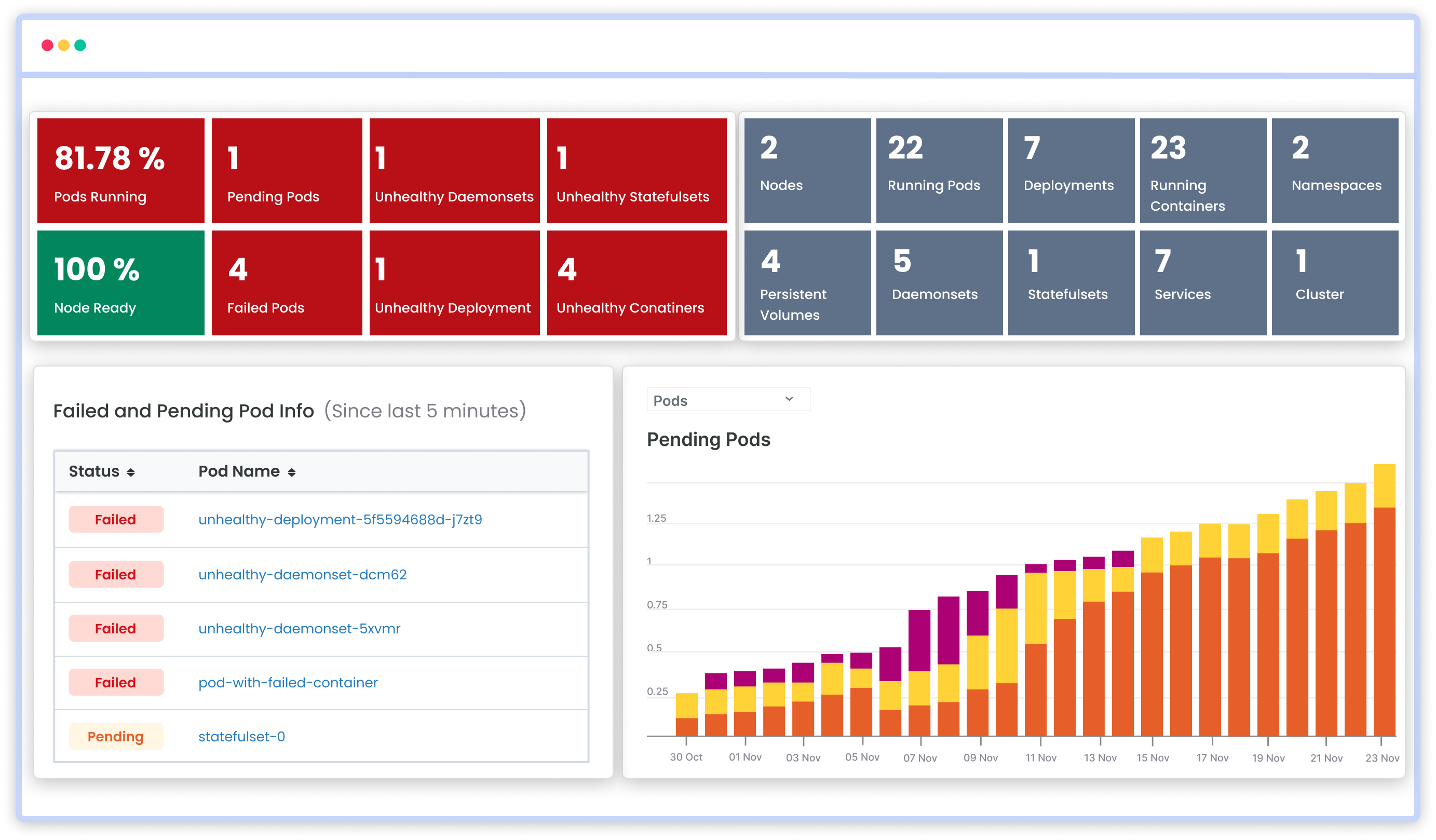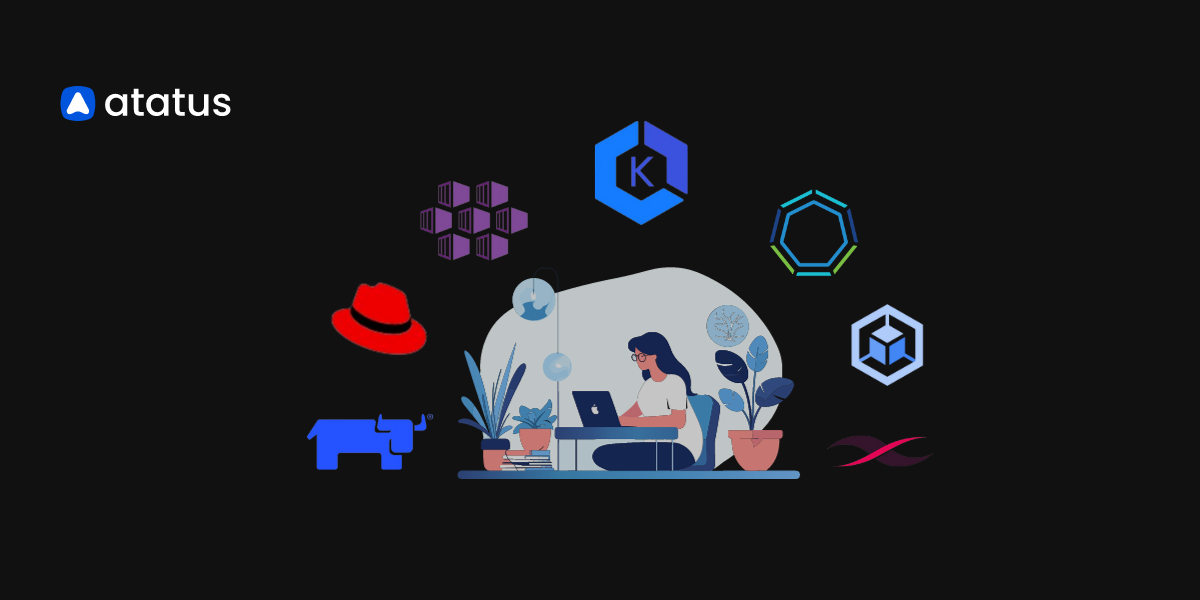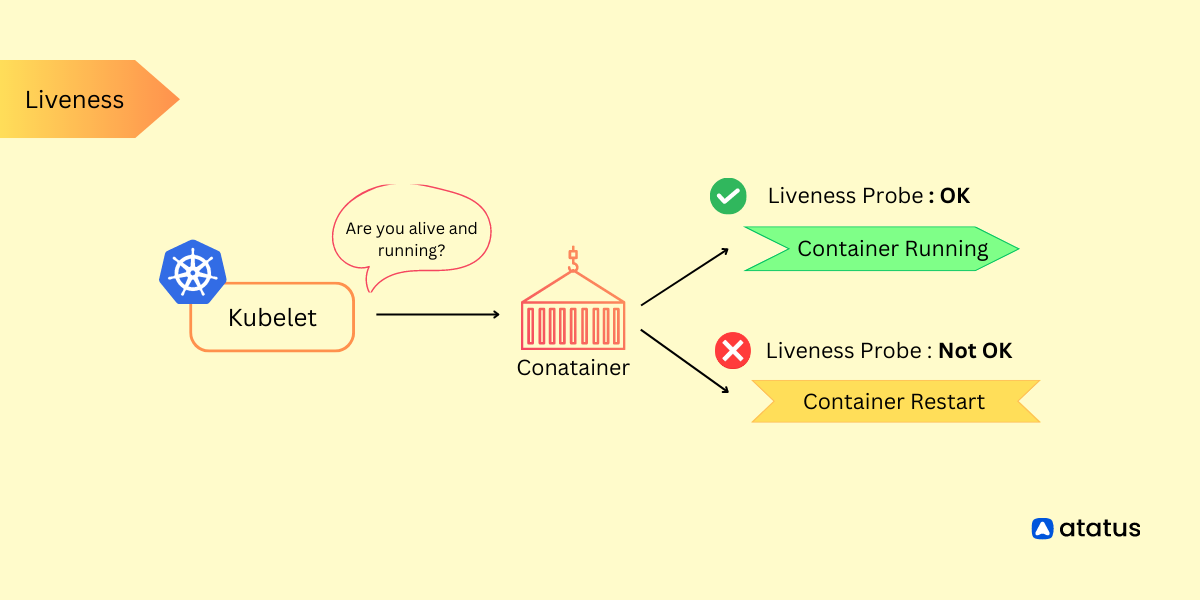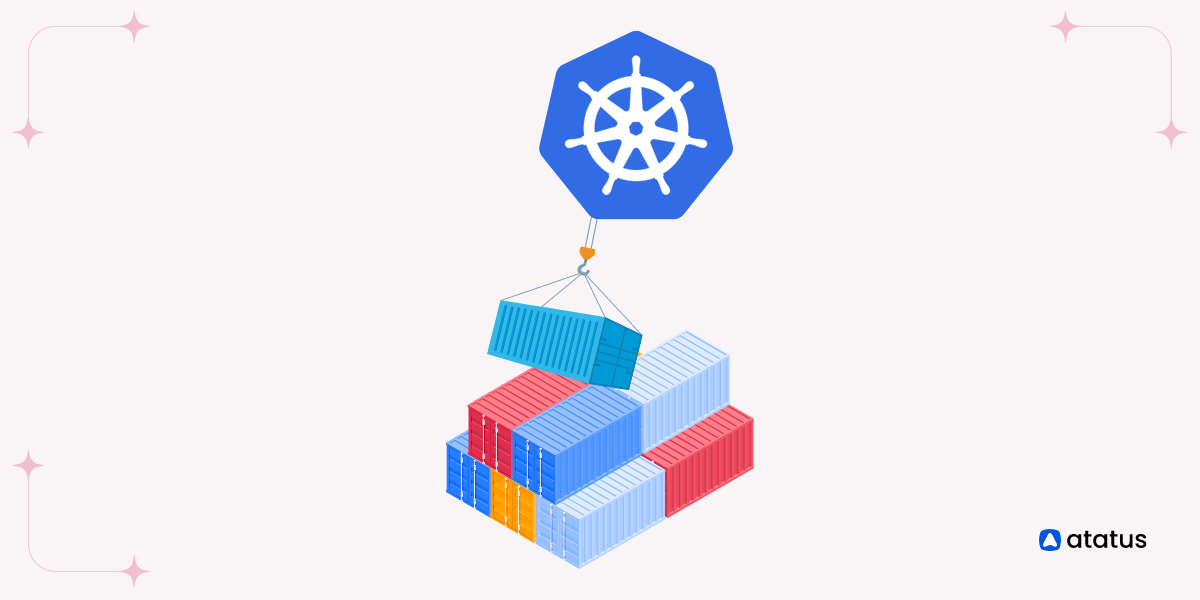Popular Kubernetes Distributions You Should Know About
In the realm of modern application deployment, orchestrating containers through Kubernetes is essential for achieving scalability and operational efficiency. This blog deals with diverse Kubernetes distribution platforms, each offering tailored solutions for organizations navigating the intricacies of containerized application management.
Kubernetes distributions play a main role in simplifying the difficulties of container management, offering a unified platform that promotes agility, scalability, and resource optimization. These distributions streamline the deployment of applications, allowing organizations to focus on innovation and development.
With capabilities for centralized control, security enforcement, and seamless scalability, Kubernetes distributions pave the way for a more efficient, collaborative, and future-ready approach to application deployment. A class of tools and platforms has emerged to streamline and simplify the deployment of containerized applications.
Well, let's see how these platforms, each unique in its approach, address the challenges and complexities inherent in container orchestration.
- Rancher
- Amazon Elastic Kubernetes Service
- Red Hat OpenShift
- VMware Tanzu
- Mirantis
- Google Kubernetes Engine (GKE)
- Azure Kubernetes Service (AKS)
1. Rancher
Rancher stands out as a prominent open source software platform specifically engineered for the efficient management and orchestration of containerized applications.
Renowned for its robust support of Kubernetes, Rancher emerges as a unified cloud-native platform, offering teams a powerful tool for overseeing their Kubernetes environments comprehensively, spanning from infrastructure to applications.
Employing container orchestration principles, Rancher excels at simplifying the deployment and administration of containerized applications across diverse environments.

The platform's strength lies in its ability to provide a cohesive solution, enabling teams to navigate seamlessly through the intricacies of cloud-native technologies, making it a valuable asset for end-to-end Kubernetes management.
Rancher's centralized interface facilitates user-friendly navigation and supervision of multiple Kubernetes clusters, showcasing its prowess in container orchestration.
This makes Rancher an indispensable tool for organizations seeking a unified and efficient approach to Kubernetes distribution and container orchestration, reinforcing its position as a key player in the realm of cloud-native solutions.
- Unified multi-cluster management
- Hybrid & multi-cloud support
- Consistent security policy and compliance
- Customization and Extensibility
- Increase productivity & collaboration
2. Amazon Elastic Kubernetes Service
Amazon Elastic Kubernetes Service (Amazon EKS) serves as a managed Kubernetes distribution offering designed for the deployment of Kubernetes clusters both in the AWS cloud and on on-premises data centers.
In the cloud environment, Amazon EKS automates the management of Kubernetes control plane nodes, ensuring the availability and scalability of critical functions like container orchestration, application availability management, and cluster data storage.
This enables users to leverage the performance, scalability, reliability, and availability of AWS infrastructure while benefiting from seamless integration with AWS networking and security services.

For on-premises deployments, EKS delivers a consistent and fully-supported Kubernetes distribution solution equipped with integrated tooling, facilitating straightforward deployment on AWS Outposts, virtual machines, or bare metal servers.
Amazon EKS provides a reliable and efficient Kubernetes distribution for users seeking a seamless and integrated container orchestration solution, whether in the cloud or on-premises. This managed Kubernetes distribution ensures ease of deployment, scalability, and consistent performance, making it an ideal choice for diverse deployment scenarios.
Benefits
- AWS Service Integration: Amazon EKS seamlessly integrates with AWS services like EC2, VPC, IAM, EBS and more, enabling easy incorporation of features like storage, access control, and encryption, streamlining the development process.
- Kubernetes Cost Savings: EKS automates control plane management, optimizing resource utilization through automatic scaling, leading to cost savings by aligning cluster size with actual workload demands.
- Automated Control Plane Security: Enhance the security of your Kubernetes environment by automatically applying security patches to the control plane of your cluster.
Use Cases
- To deploy across hybrid environments
- To model machine learning (ML) workflows
- To build and run web application
3. Red Hat OpenShift
Red Hat OpenShift, the foremost hybrid cloud application platform driven by Kubernetes distribution, integrates proven and reliable services to streamline the process of developing, updating, deploying, operating, and overseeing applications.
Whether opting for a self-managed or fully managed Kubernetes distribution solution, OpenShift ensures a uniform experience across public cloud, on-premise, hybrid cloud, or edge architecture.

This enables teams to concentrate on meaningful tasks, regardless of the chosen Kubernetes distribution deployment method.
OpenShift is centered on Docker and Kubernetes but is compatible with multiple Kubernetes distribution runtimes through the Open Container Initiative. OpenShift by Red Hat is suitable for big work setups where it's important to carefully test things before making any changes to the applications.
4. VMware Tanzu
VMware Tanzu comprises a stack of Kubernetes-specific products tailored to modernize application development and streamline infrastructure virtualization, emphasizing the synergy between development and operations.
Through a container orchestration approach, Tanzu facilitates swift application development and delivery by leveraging meticulously curated container images managed by administrators.
This affords organizations numerous advantages, including an automated developer experience, the utilization of validated open-source containers, and access to an enterprise-ready Kubernetes runtime.

The platform further simplifies management with unified multi-cluster capabilities and provides comprehensive observability through a single-pane dashboard for monitoring cluster applications and infrastructure metrics. Supporting both OCI and CRI-compliant runtimes,
Tanzu ensures flexibility in utilizing containers from various sources. Storage management is seamlessly handled by vSphere, offering support for Kubernetes storage solutions, and Tanzu integrates VMware’s NSX Container Networking Solution for full-stack networking capabilities, allowing compatibility with native Kubernetes networking solutions.
With an emphasis on container orchestration principles, Tanzu stands out as a comprehensive Kubernetes distribution, embodying advanced features for organizations seeking to optimize their application development and infrastructure virtualization processes.
Why VMware Tanzu?
- Modular, flexible cloud native application platform
- Consistent developer experience
- Built-in security, end to end
- Cloud neutrality: Any public cloud, private cloud, and multi-cloud
- Trusted partner for modern apps and Kubernetes
- Open source leadership and enablement
5. Mirantis
Mirantis K0s stands out as a certified Kubernetes distribution, offering a highly scalable solution meticulously designed to seamlessly operate on any infrastructure.
This open-source platform, provided at no cost, is purpose-built to significantly simplify the intricate process of installing and running a fully conformant Kubernetes distribution. K0s introduces a groundbreaking approach to Kubernetes distribution and container orchestration by distributing clusters as a single binary, thereby facilitating effortless deployment across diverse environments.

This innovative feature not only underscores its commitment to streamlined container orchestration but also empowers developers to rapidly create test environments within minutes, showcasing its efficiency in simplifying the Kubernetes distribution setup process.
Notably, K0s excels in its capability to manage expansive multi-node clusters with remarkable ease, achieved through the execution of a single command. In essence, K0s emerges as a versatile and user-friendly solution that not only enhances scalability but also markedly reduces the complexities associated with Kubernetes distribution and container orchestration. This positions K0s as a valuable tool for modern development environments, where efficient Kubernetes distribution and container orchestration are paramount for successful application deployment and management.
6. Google Kubernetes Engine (GKE)
Google Kubernetes Engine (GKE) is a top-tier Kubernetes distribution and container orchestration solution, streamlining the complexities of Kubernetes cluster management. Developed by Google Cloud, GKE prioritizes developer focus by automating Kubernetes distribution tasks like cluster setup and upgrades. This Kubernetes distribution excels in dynamic scaling, automatically adjusting application sizes based on usage to optimize resource allocation and ensure seamless performance.
GKE's seamless integration with various Google Cloud services enhances the development experience, reinforcing its position as a leading Kubernetes distribution. Developers can effortlessly leverage services such as storage and machine learning, fostering a cohesive and productive environment.

Security is paramount in GKE as a Kubernetes distribution, with robust features like automatic updates and repairs, along with strict access controls, ensuring that only authorized individuals can interact with applications.
Flexibility is another key attribute of GKE as a Kubernetes distribution, allowing applications to run in diverse locations for enhanced reliability. GKE supports private clusters, adding an extra layer of protection for sensitive applications and data.
7. Azure Kubernetes Service (AKS)
Azure Kubernetes Service (AKS) is Microsoft Azure's managed Kubernetes service, providing a simplified way to deploy, manage, and scale containerized applications using Kubernetes.
AKS accommodates to a variety of workloads by supporting both Windows and Linux containers, promoting versatility. Its deployment across multiple zones ensures that applications stay up and running, providing a high level of availability. Security is a key focus, with features like role-based access control and integration with Azure Active Directory, adding robust protection to applications.

Azure Dev Spaces further enhances the AKS experience by offering a developer-friendly environment for rapid testing and iteration. This feature streamlines the development process, allowing businesses to leverage Kubernetes without getting bogged down by intricacies. AKS becomes a powerful tool for businesses, not just in terms of versatility and security but also in providing a user-friendly space for developers to innovate and iterate swiftly.
Conclusion
Each platform - Rancher, Amazon EKS, Red Hat OpenShift, VMware Tanzu, Mirantis K0s , GKE, and AKS brings unique strengths to the table.
As organizations navigate the complexities of modern application deployment, these platforms offer tailored solutions for efficient Kubernetes management, ensuring scalability, security, and flexibility across diverse deployment scenarios.
Whether in the cloud or on-premises, these platforms empower teams to streamline their containerized application workflows and embrace the full potential of cloud-native technologies.
Atatus Kubernetes Monitoring
With Atatus Kubernetes Monitoring, users can gain valuable insights into the health and performance of their Kubernetes clusters and the applications running on them. The platform collects and analyzes metrics, logs, and traces from Kubernetes environments, allowing users to detect issues, troubleshoot problems, and optimize application performance.

You can easily track the performance of individual Kubernetes containers and pods. This granular level of monitoring helps to pinpoint resource-heavy containers or problematic pods affecting the overall cluster performance.
#1 Solution for Logs, Traces & Metrics
APM
Kubernetes
Logs
Synthetics
RUM
Serverless
Security
More





